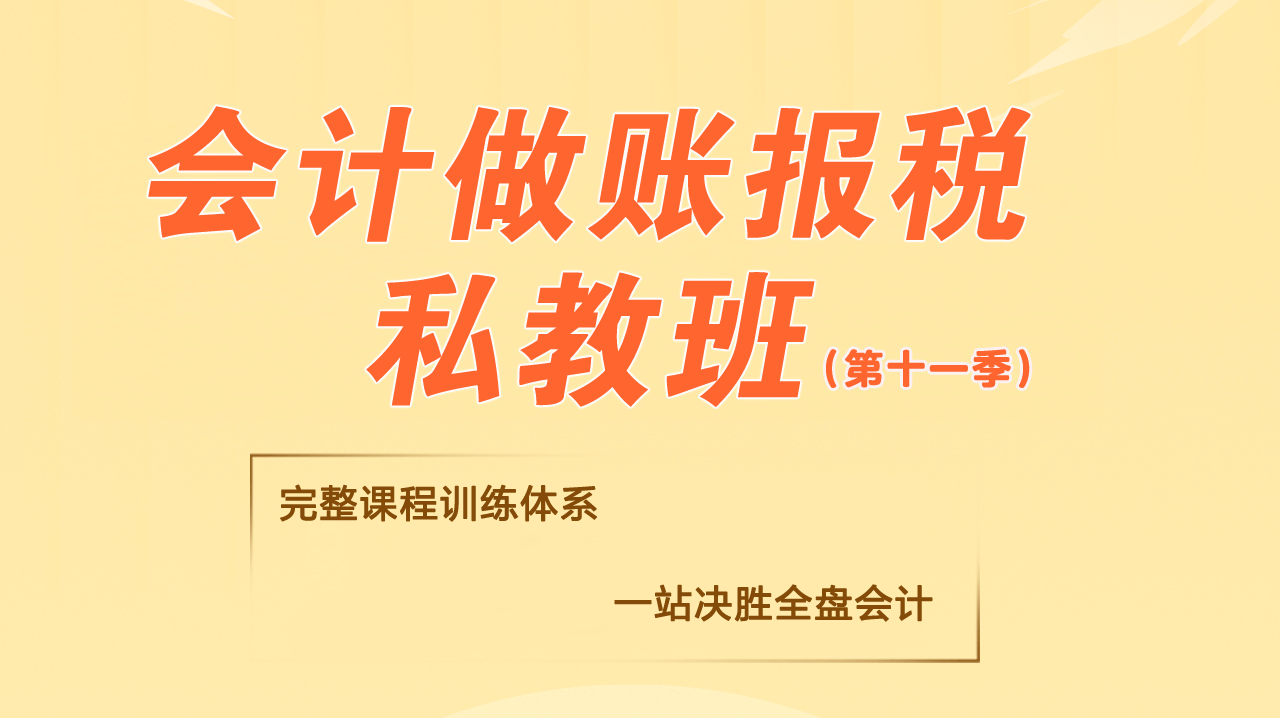中国通胀形势不足惧(双语)
Inflation has the potential to become a serious economic and political problem in China. Not only does it raise living costs for ordinary people, it can also leave them earning negative returns on the very high level of savings (about 30 per cent of disposable income) in deposit accounts. That’s why it’s so important to assess just how high inflation will be this year, and how China’s political leaders will respond.
对中国而言,通胀有可能成为一个严重的经济与政治问题。通胀不仅会提高普通老百姓的生活成本,还有可能让他们庞大的银行储蓄(约占可支配收入的30%)产生负收益。因此,评估今年通胀率会升至多高、以及中国政治领导人会如何应对,就变得十分重要。
In my view the problem is not very serious, and the policy response will be moderate. Yes, China will have to become accustomed to a slightly higher level of structural inflation in the coming years. But rapid growth in income and GDP means a crisis in the consumer price index is not looming.
在我看来,问题并不算太严重,而政策回应将会温和有度。是的,未来几年,中国不得不习惯于略高一些的结构性通胀水平。但收入与国内生产总值(GDP)的快速增长意味着,“消费价格指数(CPI)危机”并非迫在眉睫。
The primary driver of CPI inflation in 2010 was bad weather, which led to a sharp fall in fresh vegetable and fruit supplies. As a result, food accounted for 74 percent of the 5.1 per cent year-on-year CPI rise last November. Fresh fruit and vegetables alone contributed almost one-quarter of all of China’s inflation in that month.
去年CPI上涨的主要原因是,恶劣天气导致新鲜蔬果供应锐减。因此,11月CPI 5.1%的同比涨幅中,有74%由食品价格上涨贡献。仅新鲜蔬果一类便贡献了11月中国物价近四分之一的涨幅。
Better weather has already resulted in vegetable prices falling 17 percent from the early-November peak, and the government’s anti-inflation rhetoric has led some speculators to take profits and look elsewhere. The wholesale price of garlic – one of the few ‘durable’ vegetables subject to speculation – was up 131 percent year-on-year in October, but has since fallen 14 per cent. I expect food inflation to subside by early spring.
天气的改善已使蔬菜价格较11月初的高点下跌了17%,而政府抗击通胀的言论也让一些投机客见好就收,将目光转向其它领域。10月大蒜的批发价格同比上涨了131%,但自那时已累计下跌了14%。大蒜是少数几种“可储藏”蔬菜之一,因此易受投机客炒作。我预期,到早春时节,食品通胀便会消退。
The other major contributor to inflation in China has been the residence expenses component of the CPI basket. This does not include house prices, which are not part of the basket in almost all emerging markets, but it does include utility bills. Beijing’s decision to pass on more of the global increase in energy costs has raised these utility bills, and this accounted for 7 percent of the overall CPI rise last month. The higher cost of building and decoration materials contributed another 5 percent of the CPI increase, while rents added 2 percent.
中国通胀的另一个主要贡献者是CPI篮子中的居住类开支。这一类别并不包括房价——在几乎所有新兴国家,CPI篮子中都不包括房价——但包括公用事业费用。全球能源成本上涨,中国政府决定将其中更多部分转嫁给消费者,导致公用事业费用上涨,在11月CPI的整体涨幅中,这一部分占到了7%。建筑和装修材料成本的上涨贡献了CPI涨幅的5%,而租金贡献了2%。
Combined, food and residence expenses accounted for 92 per cent of China’s inflation in November. Obviously, food and shelter costs are important, but it’s important to remember one point: rising wealth means Chinese consumers are better able to handle these increases than many of their Asian counterparts.
11月份,食品与居住类支出总共贡献了中国通胀的92%。显然,食品与居住成本很重要。但我们应该记住一点:随着财富不断增加,中国消费者应对此类价格上涨的能力要强于亚洲许多国家的消费者。
Inflation-adjusted income rose by 7 per cent or more in each of the last 10 years in China’s cities, and in each of the last five years in the countryside. The minimum wage has more than doubled since China joined the WTO in 2001.
过去10年,中国城镇人口经通胀调整的收入年增幅每年都达到7%或更高。而农村人口的收入在过去5年也每年都实现了这个水平的增长。自2001年加入世贸组织(WTO)以来,中国最低工资水平已提高一倍以上。
Core CPI, which excludes food and energy prices, has been rising due in large part to greater demand stemming from the country’s rapidly increasing wealth. From 2006 to 2009, Core CPI averaged only 0.33 percent annually, while last year the average was 0.9 percent and in November it was 1.5 percent (see graph). But this higher level of structural inflation is not cause for alarm in an economy where nominal income growth will once again be in double-digits and GDP growth will be about 9.5 percent in 2011.
剔除食品与能源价格的核心通胀率(Core CPI)的上涨,在很大程度上要归因于中国迅速累积的财富所带来的需求增加。从2006年到2009年,年均核心通胀率只有0.33%,而去年的平均值达到了0.9%,11月的核心通胀率更是高达1.5%(见图表)。但结构性通胀率的上升并不足以引发担忧,因为中国名义收入将再次出现两位数的增长,而2011年的GDP增速也将达到9.5%左右。
Monetary policy has played a contributing role in the current CPI spike. As part of Beijing’s stimulus program, money supply (M2) growth jumped from 19 per cent in January 2009 to 29 percent in June of that year.
此番CPI快速上涨,货币政策也起到了推波助澜的作用。作为中国政府刺激计划的一部分,2009年6月的广义货币供应量(M2)同比增幅从1月的19%跃升至29%。
But there are two reasons why inflation is not ‘always and everywhere a monetary phenomenon’, especially today in China. When Milton Friedman reached that conclusion over 40 years ago, he assumed that the velocity of money (the speed at which money changes hands to buy goods and services) would be constant. But in China the velocity of money fell sharply at the same time M2 rose, effectively neutralizing most of the increase in money supply.
但是,情况并不像米尔顿·弗里德曼(Milton Friedman)所说的“无论何时何地,通胀都是一种货币现象”,这句话尤其不适用于今日的中国。原因有二。40多年前弗里德曼(Milton Friedman)得出上述结论时,他假定货币流速(用于购买商品和服务的货币的易手速度)是一个常量。但在中国,在M2大幅增加的同时,货币流速却急剧下降,有效中和了货币供应量的大部分增长。
A second factor is that significant overcapacity limits the ability of Chinese manufacturers to pass on higher input costs. In recent years, when raw material and energy costs have risen, margins have been squeezed while core CPI remained very low.
第二个原因是,严重的产能过剩限制了中国制造业企业把上升的投入成本转嫁给消费者的能力。近年来,原材料与能源价格不断上涨,制造业利润受到严重挤压,而核心通胀率依然极低。
All of this adds up to an inflation picture that is far from dangerous. Conquering inflation in 2011 does not require sharp tightening, just normalization of credit and liquidity back to the level of the years prior to the 2009 stimulus.
所有这些因素综合起来,意味着当前的通胀形势还远远未到危险的程度。2011年抗击通胀不需要出台大规模紧缩措施,而只需使信贷与流动性回落到2009年刺激计划实施前的正常水平。
And that normalization is already well underway, with M2 growth falling from the 29 percent peak to 19.5 percent in November, and likely to return this year to the five-year pre-stimulus average of 16.7 percent (when CPI averaged 3.6 per cent).
而这个正常化过程早已启动,去年11月的M2同比增幅已经从2009年6月29%的峰值回落至19.5%,而且今年有望回落到刺激计划实施前16.7%的5年平均水平(当时的年均CPI为3.6%)。
While I expect CPI growth to be moderate in 2011 (average 4-4.5 percent), high levels of liquidity and rising income are very likely to fuel price rises in China’s two main asset classes, equities and real estate.
我预计,今年CPI上涨将呈现温和态势(平均值在4%到4.5%之间),但高企的流动性水平与不断增长的收入很可能会加剧中国两大主要资产类别——股票与房地产——的价格上涨。
Beijing is likely to continue its current intervention in the housing market, but will also keep credit and liquidity high enough to support a healthy level of investment. Inflation will be conquered, but without a serious shock to China, or to the rest of the world.
中国政府很可能会维持目前对楼市的干预,但也会让信贷与流动性维持在足以支撑健康投资水平的高位。通胀将被制服,但不会对中国或是世界其它地区形成严重冲击。



